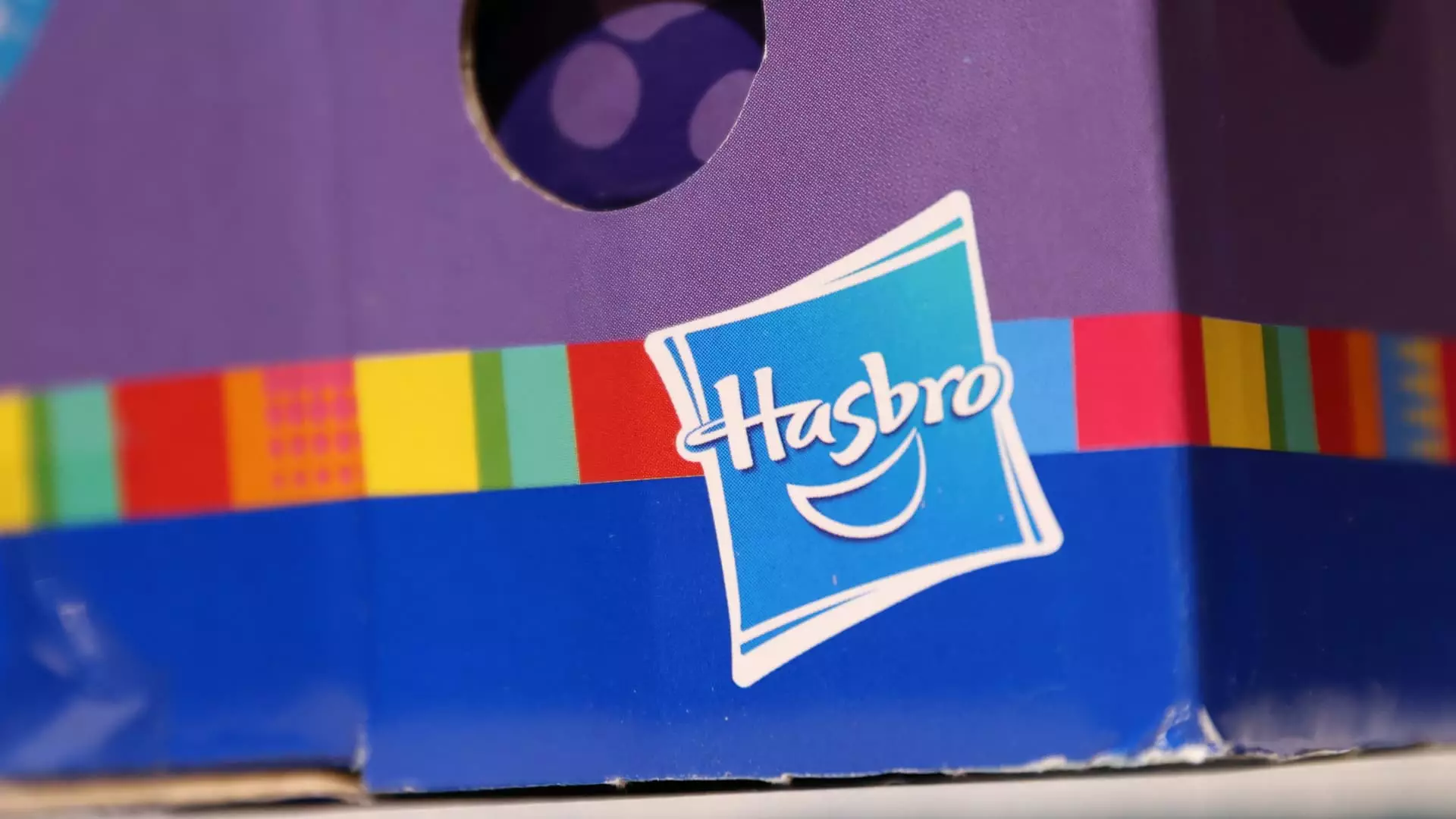Toy and gaming industry behemoth Hasbro is navigating a tumultuous economic landscape characterized by escalating tariffs and shifting manufacturing paradigms. During its fourth-quarter earnings call, the company’s executives presented a cautiously optimistic outlook on the potential ramifications of U.S. tariffs on their business operations. With the backdrop of increasing costs imposed by tariffs on imports from China, Mexico, and Canada, Hasbro is proactively shifting its manufacturing focus and redefining its supply chain management strategies.
Chief Financial Officer Gina Goetter clarified that Hasbro’s guidance for 2025, offering an adjusted EBITDA projection of $1.1 billion to $1.15 billion, reflects both the anticipated impact of these tariffs and the company’s strategic response. The 2025 numbers represent a modest increase from the projected $1.06 billion in 2024. The firm intends to leverage its supply chain efficiencies and consider pricing strategies to hedge against tariff impacts. This proactive stance posits that Hasbro is not merely succumbing to external pressures but actively adapting its business model to mitigate risks.
Rival Mattel has voiced its particular vulnerability to price adjustments due to tariff implications. Hasbro’s approach appears more deliberate as it aims to cut its reliance on Chinese manufacturing, targeting a reduction in imports from 50% to below 40% over the next two years—an ambitious but necessary move in the current landscape.
The sentiment around Hasbro’s strategic pivots is palpably positive. With shares rising nearly 10% in morning trading following the earnings call, the market is responding favorably to the company’s forward-looking strategies despite mixed financial results. CEO Chris Cocks endorsed the notion that the industry, while facing challenges, is expected to deliver “flattish” performance this year, with certain segments like trading cards and building blocks projected to thrive under the new tariff conditions.
Interestingly, Hasbro’s licensing segment continues to stand out as a significant contributor to margins in this unpredictable environment. Cocks mentioned that this aspect of the business remains largely insulated from tariff repercussions, underscoring the importance of diversifying revenue streams to navigate such economic challenges.
A key highlight of Hasbro’s recent announcements was the collaborative launch of the “Play-Doh Barbie,” which merges two iconic brands into a playful interactive experience. Cocks emphasized that this innovation empowers children to explore their creativity, indicating Hasbro’s commitment to not just surviving in a challenging market, but thriving through imaginative product offerings. Such partnerships can enhance brand visibility and engagement, creating additional avenues for revenue generation despite external pressures.
Despite some areas of growth, Hasbro’s fourth-quarter results are marked by significant challenges, including a 15% revenue drop compared to the same quarter in the previous year. The divestiture of its eOne film and TV business to Lionsgate has also impacted revenues. Excluding the effects of this divestiture, the decline in revenue still stands at a concerning 7%. This backdrop paints a complicated picture, as Hasbro grapples with the dual forces of tariff-induced cost pressures alongside internal operational shifts.
In contrast, the digital and licensed gaming segment has shown remarkable growth, with a 35% revenue increase to $132 million in the fourth quarter compared to the same period in 2023, and a full-year surge of 22% to $471.7 million. This growth, particularly driven by mobile games such as Monopoly Go!, signifies a promising area of expansion that could offset some losses in traditional toy sales.
Hasbro is at a pivotal juncture, facing the challenges posed by tariffs and a transforming market landscape. The company’s commitment to diversifying its manufacturing base, strengthening its licensing business, and fostering innovation through strategic collaborations reveals a multifaceted approach to navigating the complexities of today’s economic environment. While hurdles persist, the company’s strategic adjustments position it to seize future opportunities and mitigate risks, allowing Hasbro to remain a formidable player in the dynamic world of toys and games.

